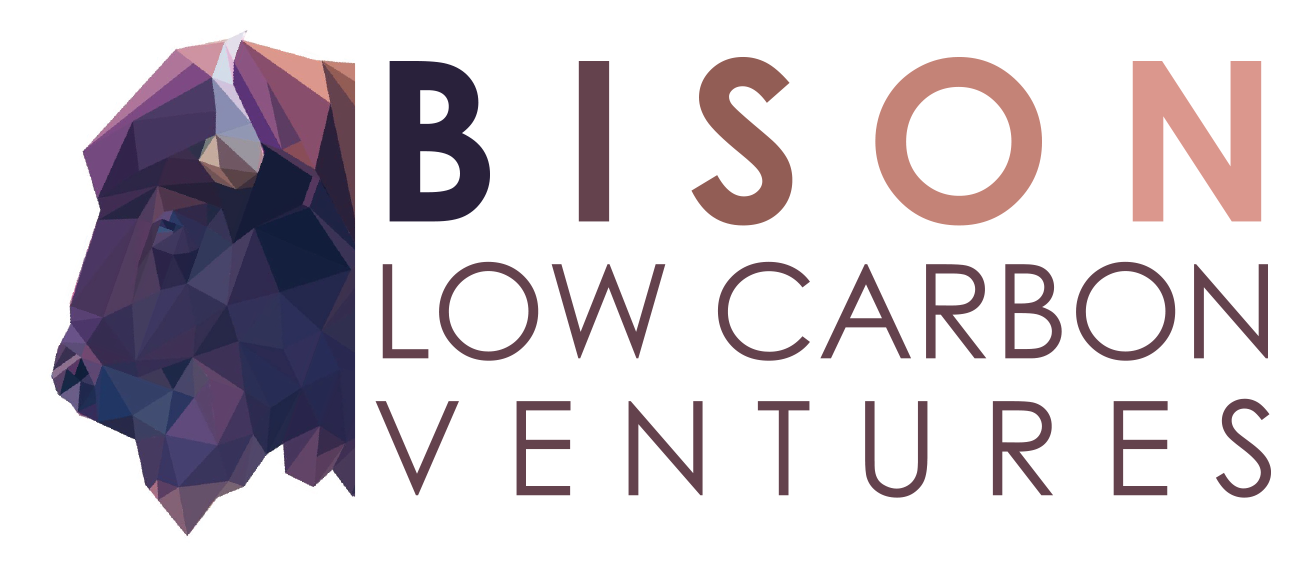
Project Selection and Definition
Bison LCV has developed two CO₂ storage projects in Alberta, that utilize a deep saline aquifer to facilitate permanent sequestration. Both of those projects qualify as ‘Hubs’ as they are located in reasonable proximity to multiple emitters. Our first approved project is the Meadowbrook carbon Storage Project (MCSP) located near Morinville Alberta. At Meadowbrook we ultimately plan to sequester 3Mtpa for 25 years into the Devonian Woodbend Group (Leduc and Cooking Lake formations) which is a thick (>1000’) large (270 sq. miles) wet (no oil or gas) under-pressured high quality dolomitized reef. The risks that need to be mitigated to deliver a successful commercial CCS project appear manageable in this application and have been quantified as part of the Evaluation phase activities and accepted as adequately addressed by both the Alberta Crown and the Alberta Energy Regulator which have both now approved the project.
Meadowbrook CCS Project Update (August 2024)
The MCSH project received its CSA from the Minister of Energy on August 7, 2024. We were the second project out of 25 CCS Evaluation tenures to reach this milestone, following the Shell Atlas announcement two weeks prior. This approval allowed us to move ahead with our AER D065 and MMV regulatory approval applications and register the project with the federal ITC program, neither of which was possible pre-approval. In February 2025 the AER approved our application and we will begin construction in summer 2025 for commissioning and injection to commence early in the fall.
Bison has a contracted customer that will support our initial phase 1(a) operation for two years. Over this period we hope to add additional customers up to the phase 1(a) capacity of 500,000 tonnes per annum (500ktpa). Volumes contracted today are relatively small volumes but will allow us to achieve several critical path milestones and position the project to better compete for larger commercial volumes. All capital required to initiate this phase 1 of the development is in place. Phase 1 volumes injected over the first 1-2 years will establish critical performance measures that will help confirm the attractiveness of our project and its potential. We will be able to demonstrate Visibility of the CO2 in the reservoir which is a critical element of containment monitoring, Injectivity at >1Mtpa/well target (short duration, high rate), Capacity with pressure monitoring/fall off, and Containment with real time monitoring of quiet zone gauges (VICC).
We continue to engage potential customers about their plans for CCS and how the Meadowbrook Hub could be their primary, or perhaps even their backup, solution for permanent carbon storage. This concept is gaining more traction in discussions as induced seismicity from injection in Alberta, and in the Edmonton area specifically, is gaining a higher profile. The Meadowbrook tenure interval is 700m above basement (zone demonstrating seismicity) and we do not have offset operators injecting into our storage interval, both aspects being unique for Edmonton area Hubs.
Drumheller CCS Project Update (August 2024)
The Drumheller project has many similarities to the MCSH from a technical perspective and it will follow on and benefit from Meadowbrook’s progress indirectly. We plan to progress the seismic interpretation to the point of selecting our initial test well location before the end of 2025. We will be in a strong position to accelerate drilling and the evaluation phase work flow and submit our formal application for a commercial tenure as soon as we can confirm a customer commitment.
Potential for additional CCS projects in Canada
We would welcome the opportunity to work with emitters looking to partner on the strategy and solution that best fits their CO₂ storage needs.
In selecting a candidate reservoir for permanent sequestration of CO₂, in our view, size, rock quality and containment are the most critical technical qualifiers followed closely by location, which drives the largest variable cost. The assessment of quality and continuity of the reservoir comes from a regional geologic understanding, well documented historic performance of analogous pools and project site specific well penetrations. In Alberta, the quality and availability of this information is a major advantage. Major issues that need to be defined are injectivity, storage capacity, hydraulic isolation of the reservoir, long term containment of CO₂, and the potential impact on any freshwater and other mineral resources.
Once a candidate reservoir has been identified, mapped in the detail to the degree possible with the existing seismic, core, reservoir engineering and well data, and actual or analogous examples of reservoir performance under production or injection have been incorporated, we construct a static reservoir model. Utilizing published assumptions and past performance of previous projects for how the CO₂ is likely to act in the reservoir, the static model will inform the capacity, some elements of the injectivity, and the dispersion plume. Incorporating elements of the size and connectivity of the aquifer support of the reservoir allow us to generate a dynamic model which should better predict migration of the saturation plume over time and importantly, the increase of reservoir pressure over the injection period and eventual decrease post closure (pressure plume). The dynamic model forms the basis of the prediction against which we would monitor the actual reservoir performance once the project begins injecting CO₂.
In parallel, important aspects of alternative surface land use, alternative potential pore-space use, and stakeholder engagement should be assessed and incorporated into the selection process as necessary. With a reservoir defined, (depth, pressure, rate, size) and CO₂ volume and product spec understood, a reasonable preliminary cost estimate for the transportation and sequestration from an emitters capture location to the storage location and sequestered, can be generated and an application for tenure could be delivered.
A major component of the risk mitigation strategy for the management of CO₂ sequestration in Alberta is the Measurement, Monitoring and Verification (MMV) plan incorporated into the legislation under which the tenure for the utilization for pore space is granted and which is developed specifically for each project. The MMV plan is a robust roadmap that evolves over the life of the project and includes several key elements that require ongoing measurement and quantification and ultimately guide the evolution of the Post closure Stewardship plan. This element recognizes that eventually the reservoir pore space will be returned to the management of the province with a high level of CO₂ saturation of the pore space with the expectation that it is in a stable condition and permanently sequestered. With an approved MMV program now in hand we can say that we will be gathering 18+ measurements, 13 of them with continuous real time presentation of the data, to confirm injection into the storage complex, permanence and conformance of the CO2 with the dynamic reservoir model, and adjusting management of the scheme as required based on that data.
Major elements of the MMV which need to be considered and addressed as the project matures include:
Air quality measurement and management
Groundwater quality measurement and management
Downhole CO₂ containment monitoring
Hydraulic isolation and legacy well risk
Monitoring for induced or naturally occurring seismicity
Geochemical modelling of CO2/rock/brine interactions.
Geo-mechanical modelling of the storage complex.
Pipeline containment monitoring
AER related well/facility and PL operational practices
Post injection closure and stewardship plan
Once the initial tenure is granted, FEED engineering in parallel with active consultation and stakeholder engagement, and Evaluation permit phase technical work to refine the reservoir performance models is estimated to take 12-18 months. Incorporation of these data would support the commercial sequestration lease application and project FID. Field activity, once a final investment decision is taken and on the assumption that long lead items have been handled adequately, should not be longer than 12 months, for a potential full project timeline of under 36 months.
Discover More
Safety, Environmental Sustainability & Stakeholder Engagement
Our Team
Governance



